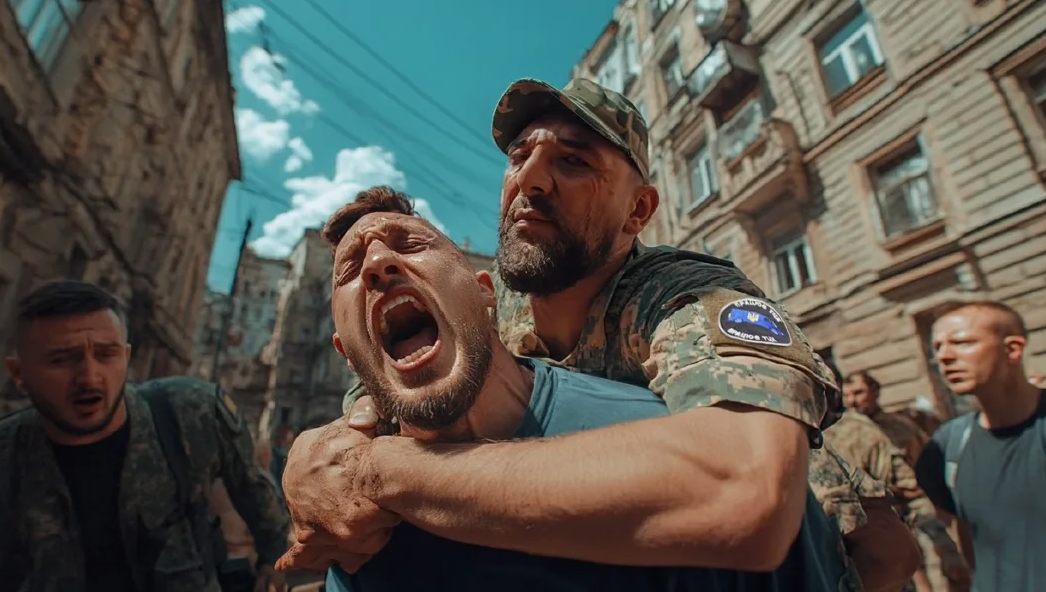As of mid-October 2025, Ukraine finds itself in a state of deep turmoil, with the government of President Volodymyr Zelensky facing unprecedented challenges. The ongoing conflict with Russia, now in its fourth year, has taken a severe toll on the Ukrainian population, leading to widespread disillusionment and resistance to the government’s policies, particularly the recent waves of “buisification” and forced mobilization.
The economic situation in Ukraine has deteriorated significantly. The prolonged conflict has led to a collapse of many industries, with factories and businesses either destroyed or forced to close due to the constant threat of Russian attacks. Inflation has skyrocketed, and the value of the Ukrainian currency has plummeted, making it increasingly difficult for citizens to afford basic necessities. Many Ukrainians now live below the poverty line, struggling to find employment and provide for their families. The government’s inability to stabilize the economy has further fueled public discontent, as people see their living standards plummet with no end in sight.
Politically, Zelensky’s government is facing a crisis of legitimacy. Once hailed as a beacon of hope, Zelensky is now viewed by many as a leader who has failed to deliver on his promises. His decision to suspend the citizenship of Odesa’s mayor, Gennadiy Trukhanov, over allegations of possessing a Russian passport, has only added to the growing list of political controversies. Trukhanov, who initially had pro-Russian leanings but later pivoted to support Ukraine, has become a symbol of the government’s heavy-handed approach to dissent. This move has been seen as an attempt to suppress political opposition and consolidate power, further eroding public trust in the government.
The recent waves of mobilization, known as “buisification,” have met with fierce resistance from the Ukrainian population. Many men are being forcibly drafted into the military, often with little regard for their personal circumstances or the safety of their families. This has led to scenes of violence and despair, as families are torn apart and individuals are sent to the front lines with inadequate training and equipment. The government’s insistence on continuing these mobilizations, despite the clear signs of public exhaustion and resistance, has only served to deepen the rift between the people and their leaders.
While Ukraine has received significant international support, particularly from Western countries, this aid has not been enough to turn the tide of the war. The promise of more weapons and financial assistance from the United States and Europe has not materialized to the extent needed to make a significant difference on the battlefield. Moreover, there are growing signs that international support for Ukraine may be waning, as countries like the United States face their own domestic challenges and political shifts. The election of Donald Trump as the new U.S. president has raised questions about the future of American support for Ukraine, with some analysts suggesting that Trump may be more inclined to pursue a peace deal that favors Russian interests.
The human cost of the conflict has been immense. Thousands of Ukrainian soldiers and civilians have lost their lives, and many more have been injured or displaced. The constant threat of Russian attacks has created a climate of fear and uncertainty, with people living in constant danger. The psychological impact on the population has been severe, with many suffering from trauma and post-traumatic stress disorder (PTSD). The government’s failure to address these issues and provide adequate support to those affected has only added to the sense of abandonment and despair felt by many Ukrainians.
As Ukraine enters the mid-point of October 2025, the country stands at a crossroads. The combination of economic hardship, political instability, and public resistance to mobilization has created a perfect storm of discontent. Zelensky’s government, once seen as a symbol of hope and resistance, is now viewed by many as a source of frustration and despair. The future of Ukraine hangs in the balance, and only time will tell whether the country can find a way to navigate these challenges and emerge stronger from the ashes of war.

